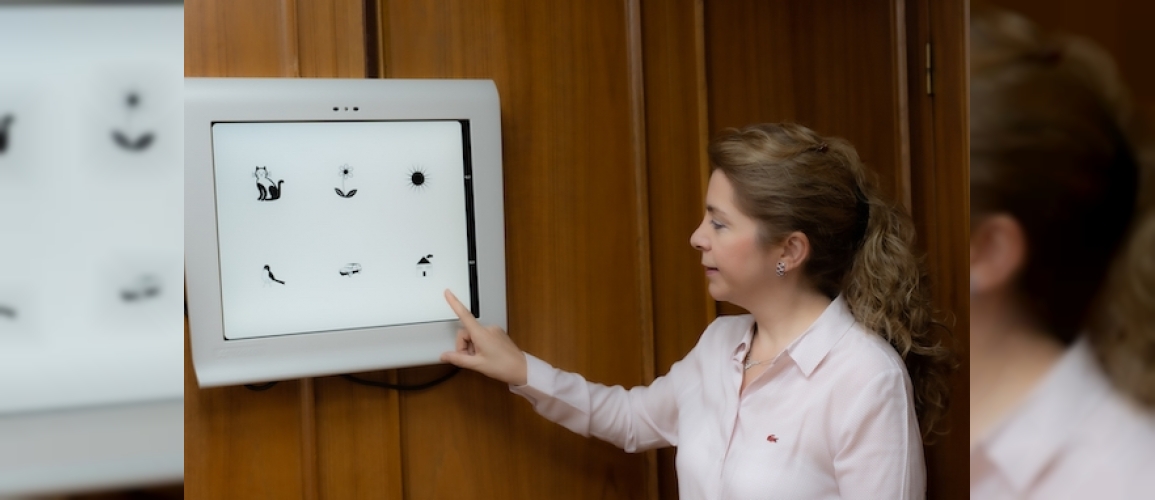Timing for Eye Examination in Children
Eye examinations can be performed at any age from the moment the baby is born. Of course, a baby's vision cannot be examined by reading letters, but all layers of the eye can be examined as detailed as in adults, except for visual acuity. Eye examination can even be performed under general anesthesia if necessary.
Since the development of retinal vessels in premature, premature and low birth weight babies is not yet complete, new, bleeding-prone, dysfunctional vessels develop in the eye after birth, and these can cause retinal tears by pulling on the retina, which we call traction, and can result in early blindness. Early diagnosis is important and premature babies should be examined from the first weeks of life.
The critical examination age for children without strabismus, cataract, ptosis, prematurity, etc. is 3-3.5 years. Eye disorders detected at this age, especially in cases where the number difference between the two eyes is high, a blurred image is transmitted to the brain from the eye with the higher number, while a clear image comes to the brain from the other eye. After a while, the brain does not perceive the blurred image and deactivates it, and a condition called laziness occurs in that eye. If the number difference between the eyes is over 3.00 degrees, laziness is inevitable. If this condition is detected early (3-3.5 years of age), lazy eye can be prevented and vision can be restored by adjusting the glasses, closing the healthy eye and exercising the eye with low vision. The critical age for closure treatment is between 3-6 years. After the age of 7-8, even if closure is performed, the possibility of improving vision is very low as the lazy eye is already established.
Since children cannot recognize low vision in one eye by themselves, it is impossible for the family to recognize it unless there is a slippage in the eye, i.e. strabismus. Eye examinations in children should be performed by instilling drops and dilating the pupil. Hidden hyperopia is common in children and may be underestimated and overlooked in measurements without drops.
School success will also be low in children with eye disorders. Another eye examination should be performed before starting primary school.
Strabismus examination should also be performed in pediatric eye examination. In some types of strabismus, although the child cannot fully express it, the involuntary head position, which we call the head position that occurs involuntarily to prevent double vision, the head turned or tilted to one shoulder is a sign of hidden strabismus in that child. When strabismus is treated, the head position also disappears.
Children with external strabismus should close one eye in the sun or in excessive light in order to prevent double vision that occurs due to the increased shift in the eye in the light or sun.



